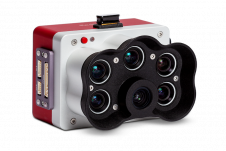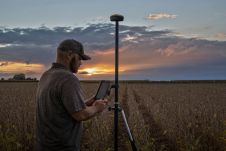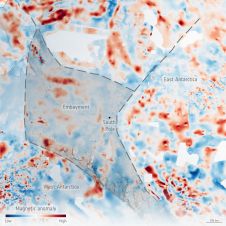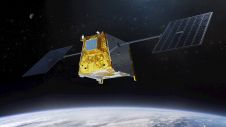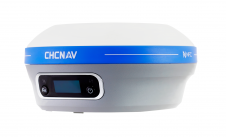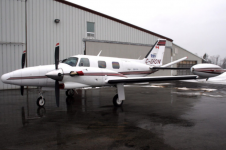OceanWise释放创新的全球栅格图表数据集
本文最初发表在地理世界。
OceanWise, the leading UK-based supplier of Intelligent Marine and Coastal Mapping Data is pleased to announce the release of its Global Raster Chart dataset of the world's oceans: ‘Raster Chart XL Oceans’. RCXL Oceans is a new fast service that is widely accessible using most GIS software. It is perfect for those practitioners and decision makers looking to add a familiar authoritative mapping source to their business proposals, GIS projects and Web Mapping Applications.
OceanWise Operations经理Caroline Levey评论说:“我们为推出我们的映射范围的扩展而感到自豪,并坚信栅格图表XL Oceans是访问台式机和网络GIS环境中全球航海图表的最方便,最具成本效益的方式”。
从所有航海图表中删除了陆地面具后,RCXL Ocean可以与用户首选的土地映射数据集配对(例如; Google Maps,OpenStreetMap,bing等)。
栅格图的演变
自从第一个纸海图是扫描ned and georeferenced over 30 years ago, the geographic information community has struggled to use them efficiently within GIS software and map making solutions. This is primarily due to the chart being designed for use as a finished map in isolation. It contains, as part of the output, printed metadata such as source data diagrams, compass roses, notices to mariners and tidal diamond tables, to name but a few. These are usually drawn near the margins or over areas of lesser navigational interest, often overwriting the land features.
当将栅格图表加载到GIS中时,这些多余的项目通常与其他数据层发生冲突,从而产生混乱且不良的视觉结果。其次,图表不会产生一致的秤集或界定到严格的网格或瓷砖集。Instead, they are drawn to a set of defined scale-related ‘usage bands’, which dictate when they should be used on-board a ship, dependent on whether it is at the berthing, pilotage or passage making stages of a sea-going journey. The result is charts that overlap and depict different information to the user based on the related usage band; often with multiple depictions of a single real-world feature.
The Future of Marine GIS Data
Mark Jonas, technical director at OceanWise, commented: “With Raster Charts XL, we are no longer bound by the limitations we once had when working with raster charts. As well as removing land features, there is potential to remove other features that are not required within the marine component of the chart, such as the compass rose, which is of little use within a GIS. We can also remove the simple three-tone depth shading allowing depth soundings and other marine features to remain alongside a bathymetry surface of the users’ choice. With these tools, we can ensure that the raster chart remains a powerful data source and continues to have a place in the future of marine GIS data”.
自启动Raster Charts XL以来,随着新区域的可用,OceanWise一直逐渐扩大覆盖范围。这一最新发展是“作为持续致力于改善和创新数字海洋地图的一部分,以便我们可以更好地支持那些在沿海和海上工业工作的人”。
For more informationsee here。




